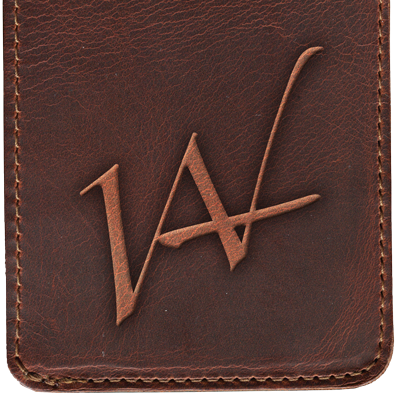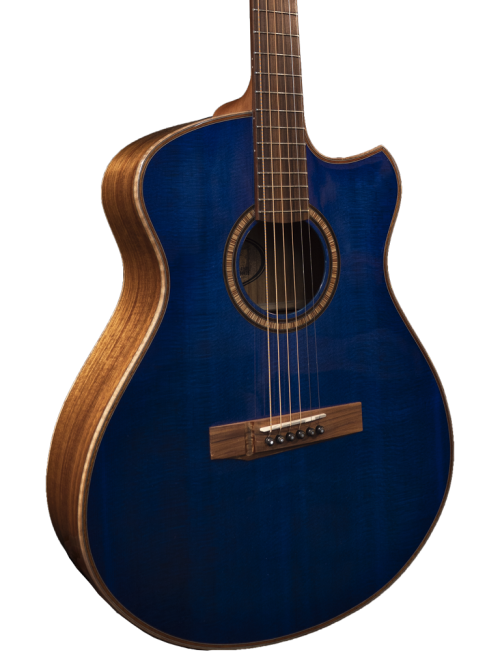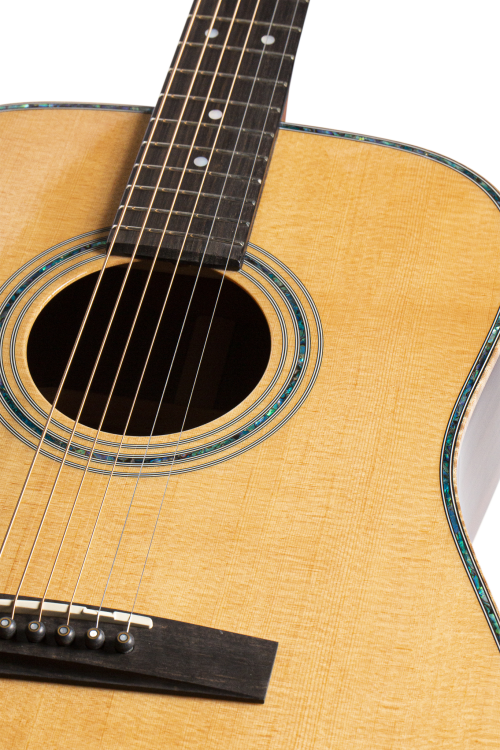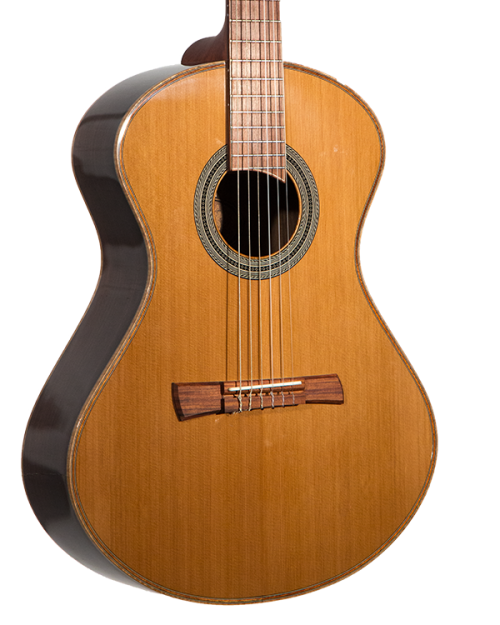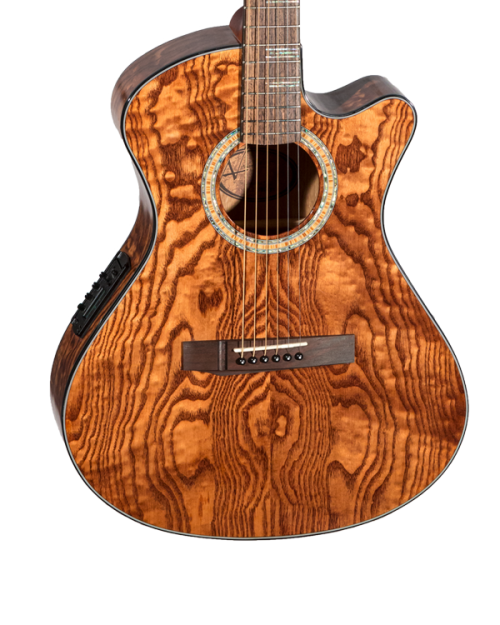The “Arcing Body Profile”. Elegance in Acoustics.
As many of you know, I’ve been building unique, custom instruments that push the limits of traditional design for over 17 years now. I built my first guitar in 1999, working only from a guitar building book written by William Cumpiano. After completion of my first instrument, it was clear to me that I needed to make some serious changes, not just the much needed improvements of my skill, but design concepts. The changes I made were motivated mostly to improve the overall aesthetic of the instrument, but also to enhance the ergonomics of the guitar, to feel more comfortable in your lap. It would be almost a decade later that I began to understand the other significance of those changes. I’m writing this short essay to introduce and briefly discuss the “Arcing Body Profile”, an advancement in the structure of the guitars rim.
The “Arcing Body Profile” is distinct from traditional body designs in that all, or nearly all, surfaces of the guitars sides consist of a curved line, an arc. An arced line, in many situations has a structural advantage over a straight line. In the case of an acoustic guitar, I see four major advantages of the Arcing Body Profile. First, the arc at the top of the guitar, where the body meets the neck, vastly improves the stability of the neck joint. Second, the arc at the bottom of the guitar protects the guitar from a very common mishap, the direct vertical drop. Third, the strength of the sidewall has substantially higher capacity to withstand a blow. Fourth, the stiffness of the rim reduces the absorption of string energy which allows that energy to remain in soundboard of the instrument.
The arced line at the top of the guitar, to me, is the most significant advancement of the Arcing Body Profile. If you have ever worked on an old guitar that needs a neck set, you understand how the traditional body designs fail under the tension of strings. In short, the strings of a guitar are always pulling the neck toward the bridge. The first sign of this stress is the curving of the neck, which can be compensated for with an adjustment of the truss rod. Next, the neck joint of the guitar begins to change its angle. This happens when the side wall of the guitar under the neck heel begins to move toward the bridge as well, caving into the body. Traditional guitar designs come to a flat spot in that area. The “Arcing Body Profile” is curved, which distributes the pressure over a larger area, enabling the joint to maintain its integrity. This is not a new concept at all. The arch is a widely used engineering practice for hundreds if not thousands of years, consider the arch of a bridge, or the arch of a cathedral, or an ancient aqueduct, all in ruins except for the arch. The same engineering that holds these structures in place is that which we see in the Arcing Body Profile.
The arced line at the bottom of the guitar holds its value in a much more commonplace circumstance. You drop your guitar. I’ve seen it so many times that it hurts. A musician after a set, up on stage, finally getting to enjoy that beer he’s been working for, with guitar in one hand and beer the other, the guitar just slips away, straight down to the hardwood floor below. No carpet on this stage. The guitar bounces and he just stares at it. The top has popped off the rim, and the sides have a long crack along the grain. Traditional body designs come to a flat spot at the bottom. The Arcing Body Profile is curved. Again, just as with the top of the guitar, the bridge, and the aqueduct, the energy from the blow is distributed out from its point just enough to keep the top and back in place and the sides from splitting.
The continuous serpentine line of the sidewall again exhibit the same structural advantage, just at every point along the rim. The flatter the portion of the sidewall, the more likely it is to split if a blow is taken. This is why traditional guitars will often include a glued support on the inside of the guitar. The Arcing Body Profile is less likely to have a side split when that harmonica falls just the right way.
The stiffness of the rim is increased when we add curves to the sides. When the stiffness is increased, the sides absorb less vibration, allowing those vibrations to continue to drive the soundboard. Year after year, people have told me how resonant the guitars are how impressed they are with the sustain. I had always tried to build these features into the soundboard but I never understood the advantage I had. The rim I was building wasn’t holding me back; it wasn’t taking away from what I worked so hard to build into the soundboard. When a guitar string is plucked, it only has so much energy. That energy is converted to vibrations in the soundboard of the guitar, which moves air all the way out to your ear. The more air the soundboard can move, the louder the guitar. If the rim of the guitar is absorbing some of the vibrations from the soundboard, the soundboard is moving less air.
In addition to these features that are directly related to the “Arcing Body Profile”, my designs have also improved the flow of air inside the chamber of the instrument. The change in the profile of a guitar’s body can have significant adjustments in the way air moves inside the body of the guitar. The acoustic chamber of a guitar requires a soundhole to enable air to move freely in and out of the chamber. If there were no hole, the chamber would be constrained and vibrate far less. If the hole were too small, less air could move freely. If there were blockages from air moving to and from the soundhole, the vibrations would be constrained as well. The designs of my guitars not only allow for air to flow freely within the chamber, but also direct air toward the soundhole of the guitar, further enhancing the ability of the acoustic chamber to vibrate most efficiently.
In conclusion, The Arcing Body Profile offers a tastefully distinct departure from traditional guitar aesthetic, ergonomic improvement, many structural advantages, and improvements in acoustics as well. To me, and many other custom builders today, the “Arcing Body Profile” seems to be the spark between the traditional body designs we all love and the acoustic instruments of the modern day.
